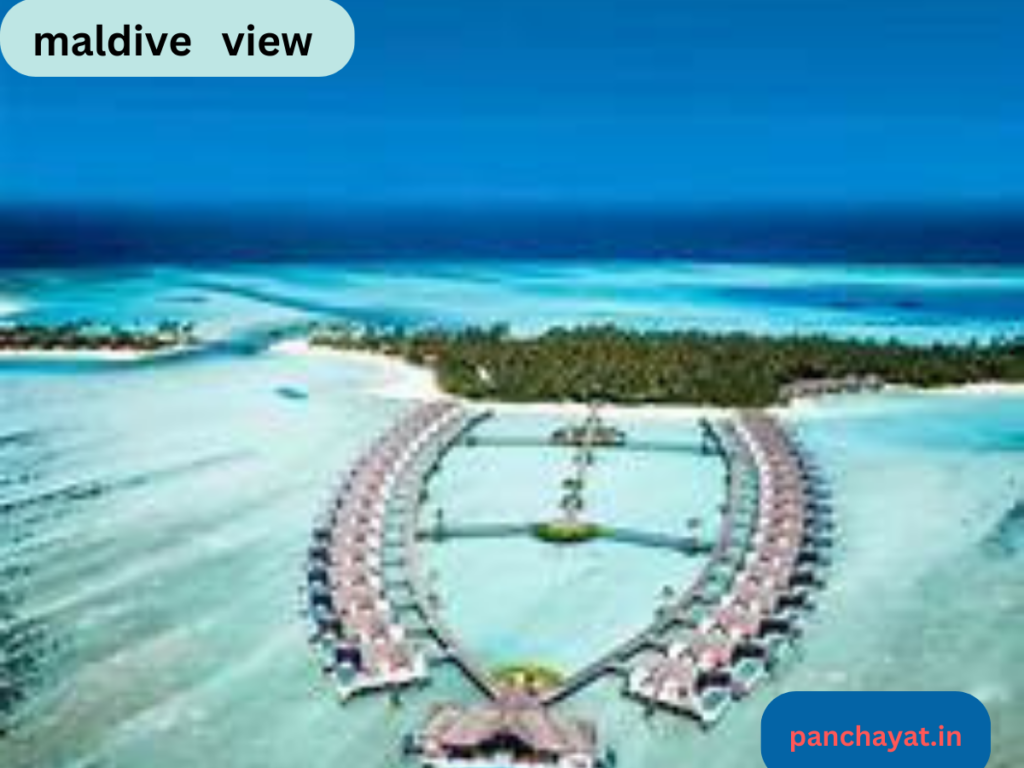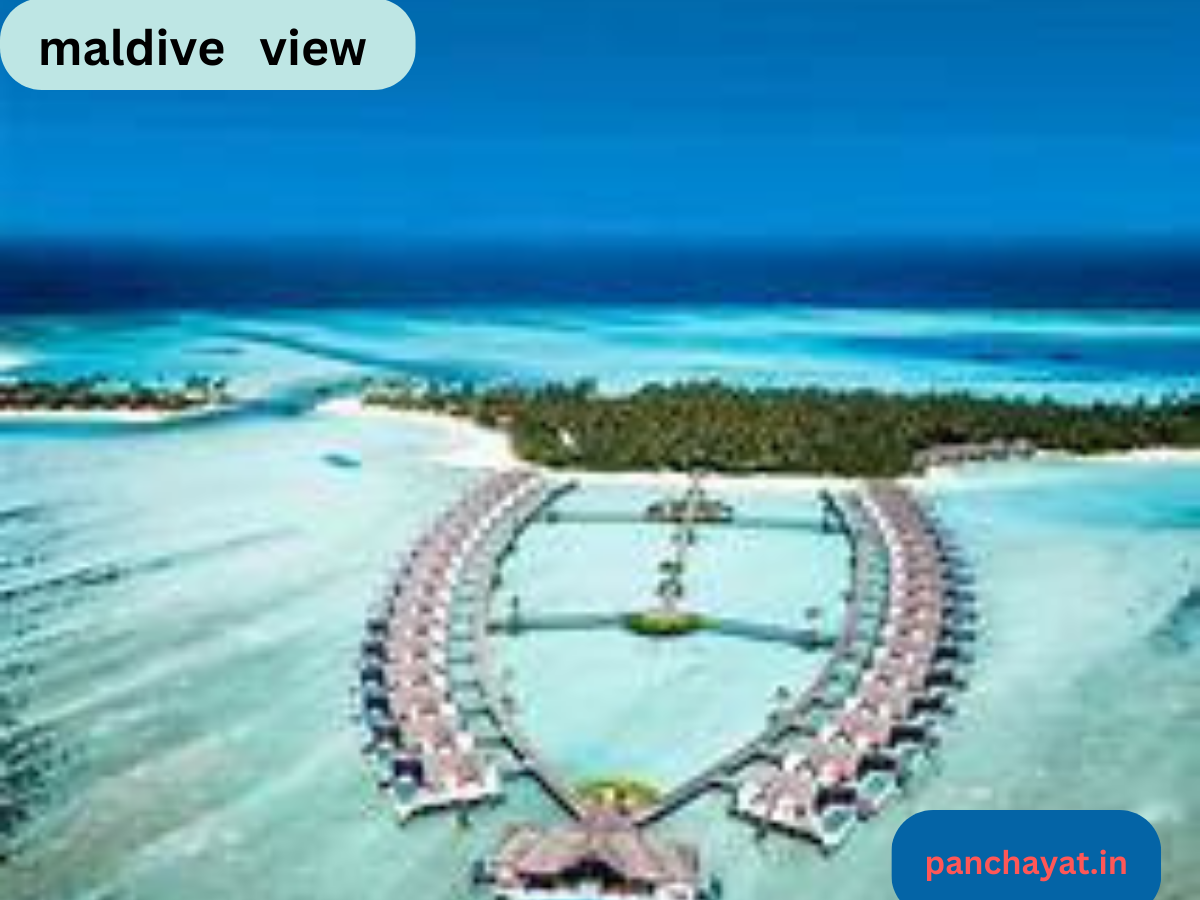Why is Maldives so famous?
The Maldives, a mesmerizing archipelagic state nestled in the heart of the Indian Ocean, beckons travelers with its unparalleled beauty and rich cultural tapestry. Officially known as the Republic of Maldives, this tropical paradise boasts a distinctive charm, captivating visitors with its 26 atolls that stretch across the equator. Let’s embark on a journey to discover the wonders of this enchanting destination.
A Geographical Marvel:
Situated southwest of Sri Lanka and India, the Maldives stands as a testament to nature’s artistry. Spanning approximately 90,000 square kilometers, with a land area of 298 square kilometers, it proudly holds the title of Asia’s smallest country. This archipelago, with its 1,192 coral islands, is a haven for marine enthusiasts and sun-seekers alike.
Peering into Maldivian Life:
With a population of 515,132, according to the 2022 census, the Maldives remains one of Asia’s least populous countries. The bustling capital, Malé, often referred to as the “King’s Island,” is not only the political hub but also a cultural hotspot where ancient dynasties once ruled from its central location.
Nature’s Canvas:
The Maldivian Archipelago, nestled on the Chagos–Laccadive Ridge, offers a unique blend of terrestrial and marine ecosystems. Despite its diminutive size, the Maldives boasts incredible biodiversity, providing a home to vibrant coral reefs and diverse marine life. The average ground-level elevation of 1.5 meters makes it the world’s lowest-lying country, creating a landscape that seamlessly merges with the azure waters.
Historical Odyssey:
Inhabited for over 2,500 years, the Maldives has a rich history steeped in cultural exchanges. Contact with the outside world began around 947 AD when Arab travelers started exploring the islands. The archipelago evolved into a sultanate, cultivating robust ties with Asia and Africa. European colonial powers left an indelible mark, culminating in British protectorate status in 1887. The journey to independence in 1965 ushered in a presidential republic, marking the beginning of a new era.
Cultural Threads:
The Maldives’ cultural tapestry is woven with threads of Islam, embraced in the 12th century. Efforts at democratic reform and a commitment to environmental sustainability have defined the nation’s trajectory in recent decades. As a founding member of the South Asian Association for Regional Cooperation (SAARC), the Maldives continues to play a pivotal role in regional cooperation.
Etymology Unveiled:
The Maldives’ name has sparked linguistic curiosity over the centuries. The Sanskrit mālādvīpa, meaning “garland of islands,” offers a poetic portrayal of this tropical haven. The ancient Sri Lankan chronicle Mahavamsa references Mahiladiva, translating to the “Island of Women.” Such linguistic nuances add an extra layer of allure to the Maldives.
Conclusion:
As we conclude our exploration, the Maldives emerges not merely as a destination but as a living testament to nature’s wonders and human resilience. The journey from ancient civilizations to modern-day challenges has sculpted a nation that invites exploration, promising an unforgettable experience on its sun-kissed atolls. So, set sail for the Maldives – where history, culture, and nature converge in a harmonious dance.
MALDIVES PHOTOES


